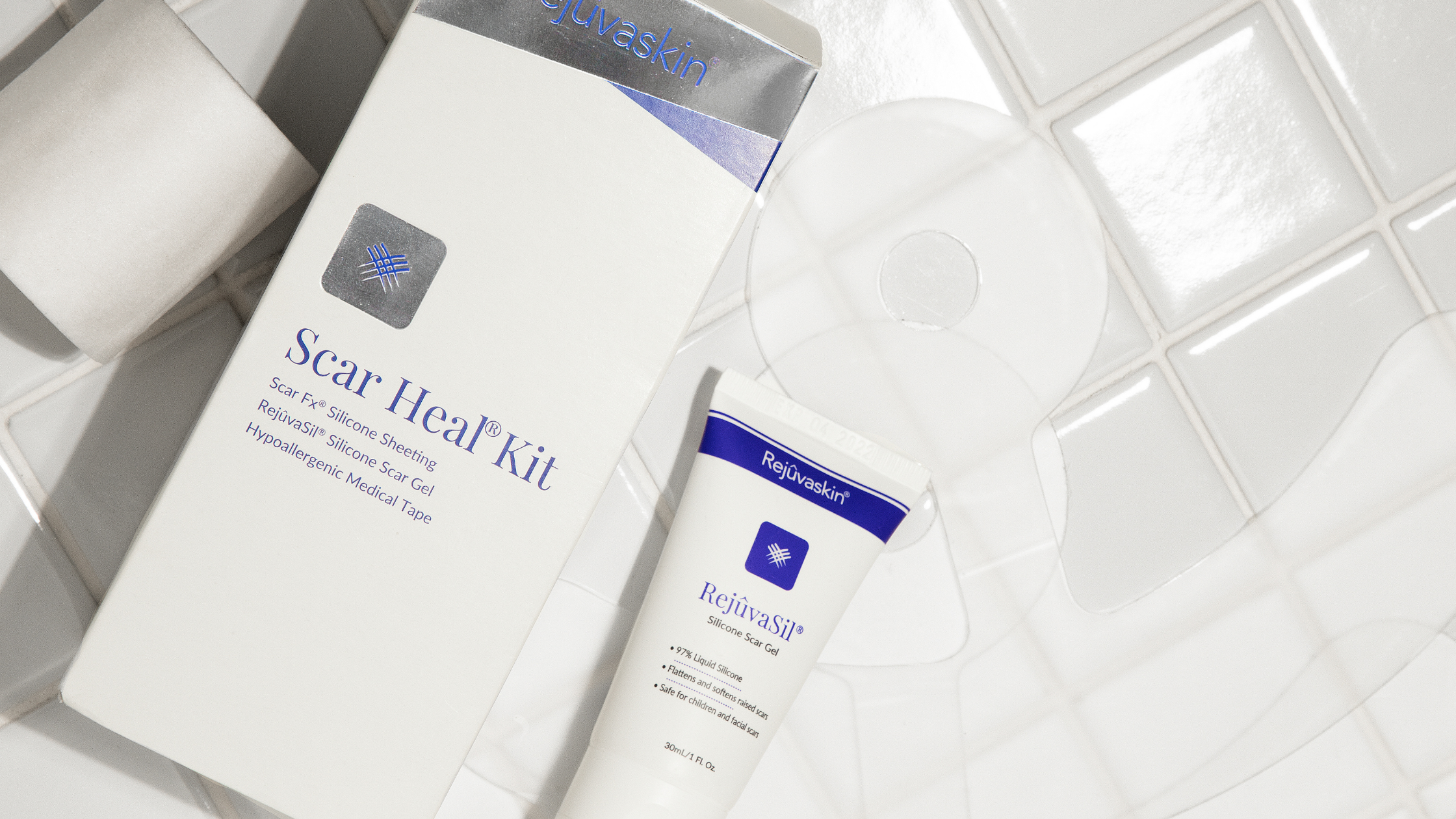Surgery is a significant event, and post-operative care is crucial for minimizing scarring. One of the best ways to manage and reduce scars is by using silicone scar products. But when exactly should you start using them? Here's everything you need to know about the optimal timing for applying silicone sheeting to your post-surgical wounds.
Understanding Wound Closure vs. Wound Healing
It's essential to differentiate between a wound being fully closed and fully healed. Wound closure refers to the point at which the outer layer of skin has sealed over, while wound healing involves a more extended process where the underlying tissues repair themselves completely.
When Is A Wound Fully Closed?
A wound is fully closed when there is no longer an open area, and the skin has formed a continuous barrier. Key indicators of a fully closed wound include:
- No visible gaps in the skin.
- Absence of scabs or crusts that are still attached to the wound edges.
- Lack of redness, swelling, or discharge, indicating that the inflammation phase is complete.
How Long Does It Take for a Wound to Fully Close?
On average, it takes about a week or two for a wound to fully close. However, this isn’t the case for everyone. The time it takes for a wound to close can vary based on several factors:
|
Type of surgery & wound size |
Smaller wounds from minor procedures might close within a few days to a week, while larger surgical incisions can take several weeks. |
|
Location of the wound |
Wounds in areas with a rich blood supply, such as the face, tend to close faster than those in less vascular areas like the legs (Berk et al., 1988). |
|
Patient’s health and age |
Younger, healthier individuals generally experience quicker wound closure. Conditions like diabetes or compromised immune systems can delay this process (Khalil et al., 2015; Guo & DiPietro, 2010). |
Using Silicone Scar Products: The Right Timing
For optimal results, you should start using silicone scar products as soon as your wound is fully closed. This timing helps to create the best environment for minimizing scar formation.
Here's a step-by-step guide:
- Ensure Full Closure: Before applying any silicone product, make sure your wound is completely closed. If in doubt, consult your healthcare provider.
- Clean and Dry: Gently clean the wound area and pat it dry.
- Apply Silicone Scar Products: Follow the instructions for your chosen product. Products like Rejuvaskin's Scar Heal Kits (which combines the powers of Scar Fx Silicone Sheeting and Rejuvasil Silicone Scar Gel) are excellent choices. Scar Fx sheeting is designed to maintain hydration and protect the scar, aiding the body's natural healing process. Rejuvasil gel, with additional ingredients like Vitamin C and Squalane helps soften and flatten raised scars while alleviating discomfort.
→ Learn More: How Long Is Too Long For Scar Care? When To Start Scar Products
Benefits of Silicone Scar Products
Silicone scar products are widely regarded as the "gold standard" in scar management for several reasons:
|
Hydration and Occlusion |
Silicone creates a barrier that locks in moisture, crucial for proper scar healing and reducing collagen overproduction (Mahmood et al., 2022). |
|
Protection from Bacteria |
The barrier also helps protect the scar from bacterial invasion, which can impede healing and lead to more noticeable scarring (Borda et al., 2018). |
|
Non-Invasive and Safe |
Silicone sheets and gels are non-invasive, hypoallergenic, and suitable for most skin types, making them a safe option for long-term scar management. |
→ Learn More: How Does Silicone Sheeting Work?
Rejuvaskin: Dedicated To Effective Scar Care
Starting silicone scar treatment at the right time is key to minimizing scarring. Wait until your wound is fully closed, typically a few days to weeks post-surgery, depending on various factors. By using high-quality products like Rejuvaskin's Scar Fx and Rejuvasil, you can significantly improve your scar's appearance and comfort during the healing process.
Works Cited
- Berk, W., Osbourne, D., & Taylor, D. (1988). Evaluation of the 'golden period' for wound repair: 204 cases from a Third World emergency department. Link
- Borda, L. J., Jaller, J. A., Kallis, P., Macquhae, F., Herskovitz, I., Fox, J., & Baquerizo, K. L. (2018). Patients’ prediction of their wound healing time. Link
- Guo, S., & DiPietro, L. (2010). Factors Affecting Wound Healing. Link
- Khalil, H., Cullen, M., Chambers, H., Carroll, M., & Walker, J. (2015). Elements affecting wound healing time: An evidence based analysis. Link
- Mahmood, T., Qadir, K., & Hussein, M. (2022). Relationship between Characteristics of the Wound and Healing Duration among Patients Treated during Home-Visits. Link





















Leave a comment